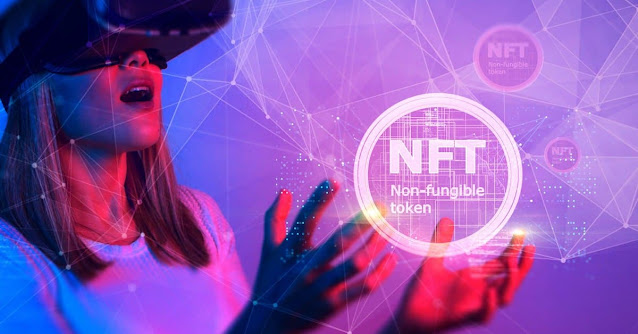Do you want to explore NFT further? Are you interested in diving deeper into NFT?
Blockchain was founded by Arthur Breitman (Kathleen) in 2017. It is unique for several reasons. It can evolve and self-amend. This allows programs hosted on the Blockchain to scale up rapidly and reliably.
Tezos is also well known in NFT circles due to its proof-of-stake consensus method. This method of verifying blockchains' transactions is less resource-intensive than the Proof-of-Work Ethereum model. Thanks to this, Tezos has been touted as the environmentally-friendly Blockchain -- using up to two million times less energy than Ethereum.
More NFT News: Latest NFT News
Hic et Nunc was one of the first marketplaces created on the Tezos Blockchain. It was considered an economical alternative to Ethereum-centric markets at the time. Without explanation, the platform was abruptly shut down on November 14, 2020.
Tezos offers a number of marketplaces for NFTs. These include Objkt, the largest and most popular marketplace on Tezos, Teia, which was established by Hic et Nunc very soon after it closed down; Kalamint, which was the first Tezos NFT Marketplaces; and OneOf, which specializes in music and sports memorabilia.
Are you ready for the next NFT? Here's a list of the most used projects on Tezos.
Tezzards
Tezzards: The Tezzards PFP Collection contains 4,200 Tezos -native and linguistic lizards (or Tezzards) that were created using 97 traits from George Goodwin, an artist, and illustrator. Each Tezzard features Goodwin's cartoon style. Six rare Tezzards are included in this collection, each one-of-a-kind and hand-drawn by Goodwin.
Since their launch in 2021, these snazzy Lizards have been praised by the NFT community. Art chick.eth (NFT collector), Chris Wallace (NFT collector), and Jesse Altman (NFT collector) are among the most incredible supporters of the project, according to the website.
Common skeles randomly
John Karel is a well-known 3D Artist from the NFT. He created this project for Halloween 2021. The vibrant collection featured scary skeletons. On October 31, at 8 p.m. UTC, open-edition mint random skeles were launched.
Karel contributed 800 traits to this collection. These were evenly distributed over the 24-hour mint. At the time, this was equivalent to $31. Participants in the skeleton activities could easily take part at a low price of 5 TEZ.
FxHash
FxHash, a platform to generate arts, allows anyone with a Tezos virtual wallet to create iterations. These iterations were deemed FA2 compliant. Users can exchange NFTs from generative art projects through the mint.
FxHash acts as an open marketplace for the creation of generative art. Its website says there is no curating, and the market is open to all.
NEON
Web3 and NFTs have been the symbols of the future of the internet. This idea has been the basis of many projects. NEONZ, for example, is an example of such a program. The collection features 10,000 animated retrofuturist characters. They were designed in Australia by Sutu.
These avatars can also be used to purchase tickets into Sutuverse. Sutuverse is a virtual Web3 paradise that the artist created. These avatars can be used to promise users augmented realities, virtual realities, and other web-based experiences that Sutu has curated with an eye for the future.
Dogami
Remember Nintendogs? Do you remember Nintendogs? This project doubles as an NFT collection and a metaverse game experience with AR functionality. Dogami allows users to adopt a 3D NFT dog model and interact with their virtual pet via Dogami's AR-enabled mobile app.
You can get a variety of incentives to encourage people to take better care and enjoy their virtual pets. Training is enough to help you develop traits for your pet. This will enable you to participate in in-app challenges and earn rewards for $DOGA.

Comments
Post a Comment